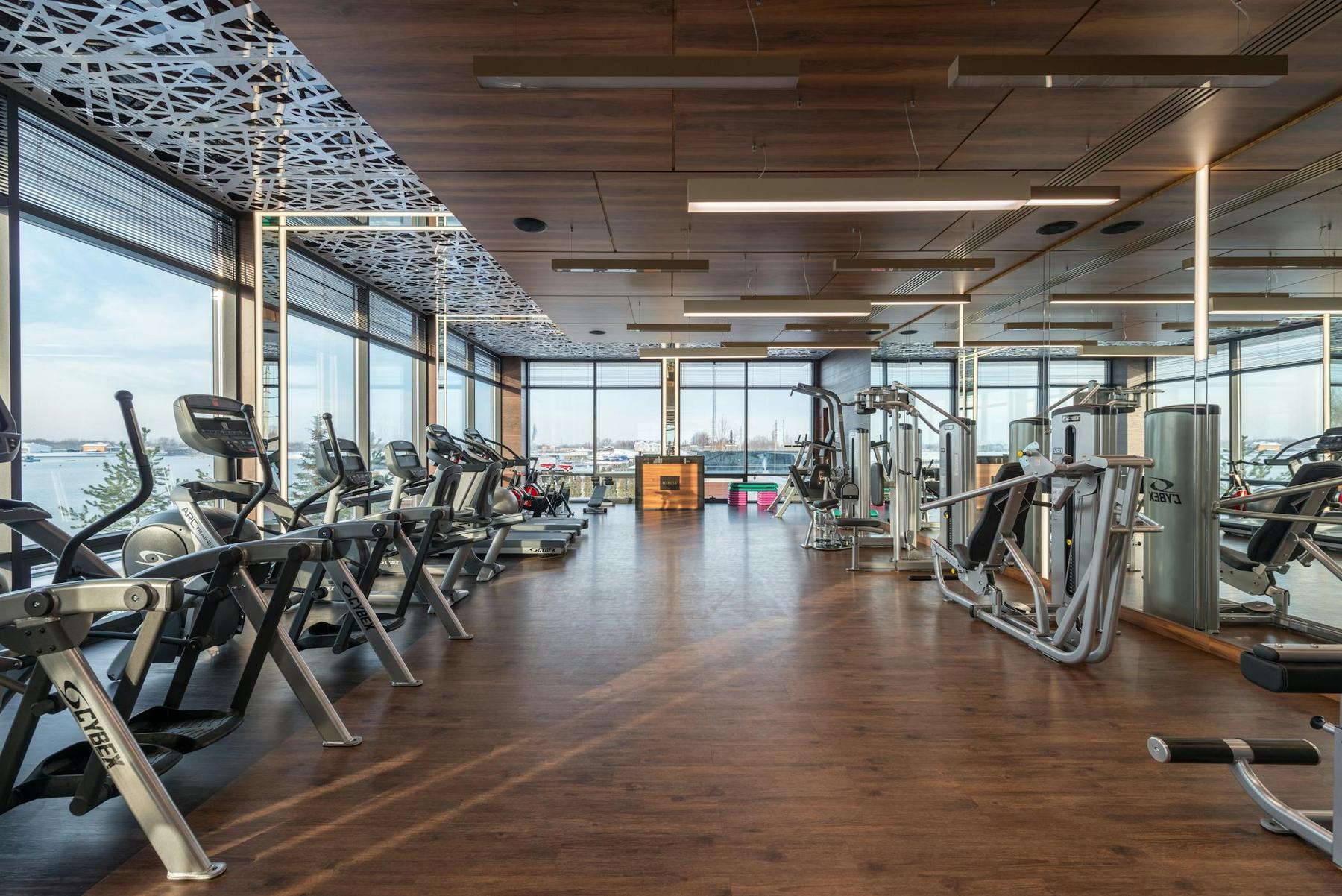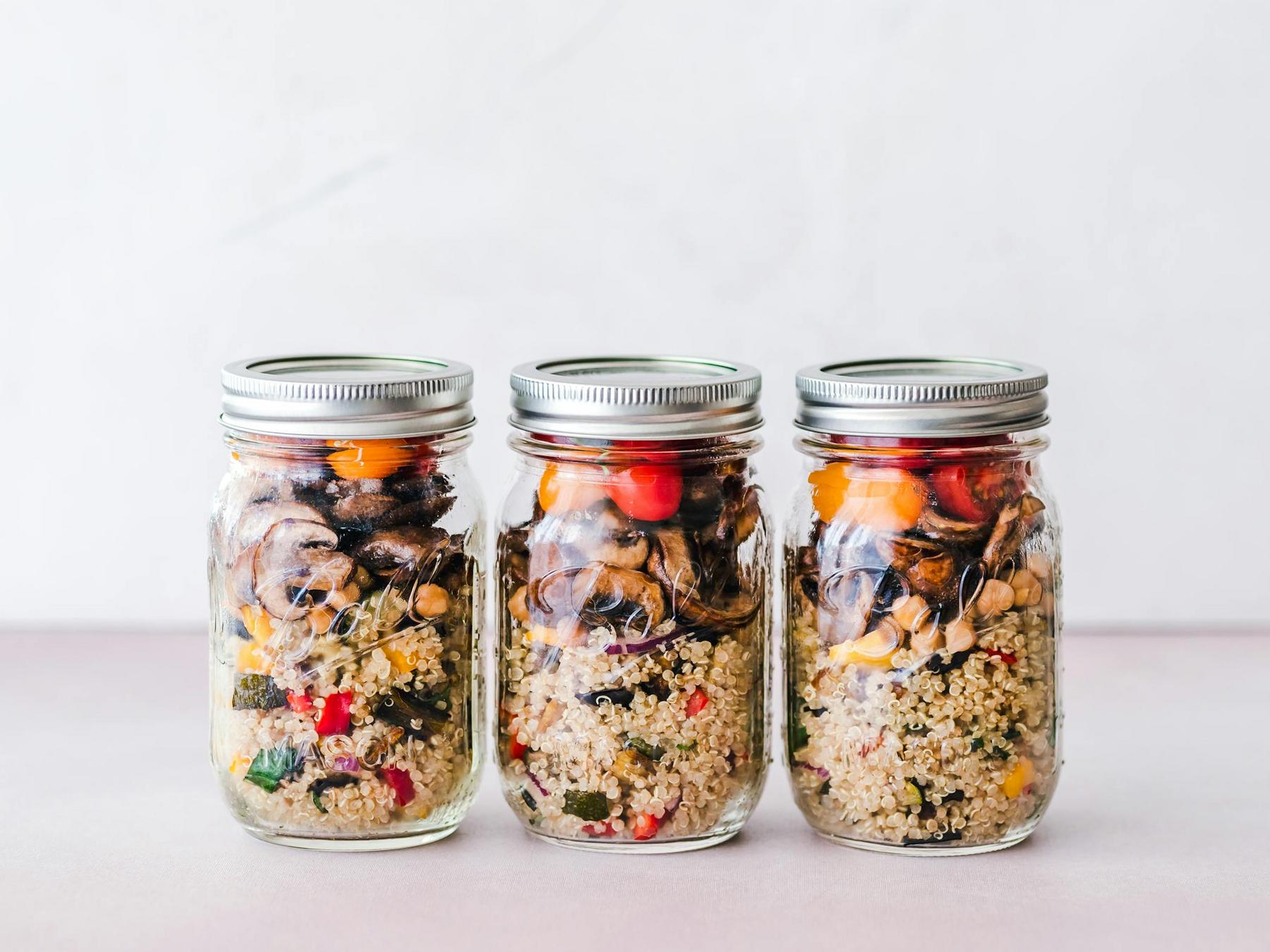In the quest for effective weight loss, treadmills and ellipticals stand as two of the most accessible and efficient exercise machines available. Despite their ubiquitous presence in gyms across Australia, many individuals fail to harness their full potential, often spending countless hours on these machines with disappointing results. The disconnect between effort and outcome typically stems not from lack of determination, but from suboptimal training approaches that fail to leverage the physiological mechanisms of fat loss.
What Makes Treadmills and Ellipticals Effective for Weight Loss?
The fundamental principle behind weight loss remains consistent: create a caloric deficit by expending more energy than you consume. Treadmills and ellipticals excel at this task through different biomechanical pathways.
- Treadmill running at 6 km/h burns approximately 600 kcal per hour for a 70kg individual.
- Elliptical training averages 480 kcal per hour at comparable perceived exertion levels.
This difference stems from greater gravitational resistance during treadmill locomotion versus the more efficient energy transfer in elliptical motion paths. Contemporary Australian physical activity guidelines recommend 150-300 minutes per week of moderate-intensity cardiovascular exercise or 75-150 minutes of vigorous activity. When translated specifically to these machines:
- Moderate intensity: 5.5-7 km/h treadmill walking (50-60% maximum heart rate)
- Vigorous intensity: 9.5-13 km/h running or elliptical training with resistance level 15+ (70-85% maximum heart rate)
What makes these machines particularly valuable is their ability to induce Excess Post-Exercise Oxygen Consumption (EPOC)—a physiological state where your metabolism remains elevated for 14-38 hours after completing your workout. Research demonstrates that high-intensity interval training (HIIT) on ellipticals can generate an additional 42% caloric expenditure through EPOC alone, while comparable treadmill protocols yield 35-40% metabolic bonuses.
How Should You Structure Your Treadmill Workouts for Maximum Results?
The treadmill offers unparalleled versatility for weight loss programming through manipulation of speed, incline, and interval structure. Recent evidence supports several optimal approaches:
Incline Walking for Sustainable Fat Loss
The 12-3-30 protocol (12% incline, 3 mph/4.8 km/h, 30 minutes) has gained popularity for good scientific reason:
- Burns 3.1 times more calories than flat walking
- Reduces knee impact forces by 28% compared to running
- Engages 72% more gluteal muscle fibers than level ground ambulation
For those new to treadmill training, a progressive overload approach prevents injury while maximising metabolic impact:
- Weeks 1-4: 5-8% incline at 4.8 km/h for 20-25 minutes
- Weeks 5-8: 10% incline at 5.6 km/h for 25-30 minutes
- Weeks 9+: 12% incline with 1-minute 6.4 km/h bursts every 5 minutes
This phased progression maintains a 52-113% metabolic cost increase versus flat training while allowing your musculoskeletal system to adapt to the increased demands.
High-Intensity Interval Training (HIIT) Protocols
For those seeking maximum caloric expenditure in minimum time, HIIT represents the gold standard. A 2024 meta-analysis established these optimal treadmill HIIT parameters:
- Work interval: 30-45 seconds at 90-100% VO2max (near-maximum effort)
- Recovery ratio: 1:2 (e.g., 60 seconds active recovery for each 30-second sprint)
- Total duration: 20-30 minutes including warm-up and cool-down
A sample progressive HIIT programme would include:
- Beginner: 30s sprint at 9-10 km/h followed by 90s walk at 4 km/h × 8 cycles
- Intermediate: 45s sprint at 10-12 km/h followed by 60s jog at 6 km/h × 10 cycles
- Advanced: 60s sprint at 12-14 km/h followed by 30s walk at 5 km/h × 15 cycles
Research demonstrates that HIIT groups showed 2.3kg greater fat loss than steady-state cardio cohorts over 12 weeks—a substantial difference considering the shorter time investment.
How Can You Optimize Elliptical Training for Weight Loss?
The elliptical machine offers distinct advantages for weight loss, particularly for those with joint concerns or who are looking to target different muscle groups than those engaged during treadmill training.
Resistance Periodization Strategies
Modern ellipticals typically offer 20-40 resistance levels, allowing for precise training customisation. Recent research has established optimal resistance zones based on specific goals:
- Fat oxidation: Resistance Level 6-10 for 45-60 minutes (60-70% max heart rate)
- Metabolic boost: Resistance Level 11-15 for 30-minute HIIT sessions (80-90% max heart rate)
- Strength endurance: Resistance Level 16-20 for 20-minute intervals (75-85% max heart rate)
A varied weekly schedule might include:
- Monday: Fat oxidation (resistance 8, 50 minutes)
- Wednesday: Metabolic boost (resistance 12-14, 30-minute HIIT)
- Friday: Strength endurance (resistance 16-18, 20-minute intervals)
- Saturday: Recovery (resistance 6-7, 30 minutes steady state)
This approach prevents adaptation plateaus while continually challenging different energy systems.
What Are the Best Interval Training Protocols for Each Machine?
While both machines can effectively deliver HIIT workouts, machine-specific protocols optimize performance:
Treadmill-Specific HIIT
- Tabata-Style Sprint: 20 seconds all-out sprint (12-14 km/h) followed by 10 seconds rest, repeated 8 rounds.
- Pyramid Intervals: Begin with 30-second sprints/30-second recovery, then progress to longer intervals before tapering down.
- Incline Sprint Ladder: 30-second sprints at moderate speed (8-10 km/h) while increasing the incline incrementally from 1% to 10%.
Elliptical-Optimized Intervals
- Resistance Surges: Alternate 30 seconds at high resistance (16-20) with 90 seconds at moderate resistance (8-10) while maintaining a steady stride rate.
- Reverse Direction HIIT: 2 minutes of forward stride at resistance 12 followed by 1 minute of backward stride at resistance 15, repeated in cycles.
- Upper-Lower Split: Alternate between 2 minutes focusing on lower body (hands-free) and 2 minutes emphasizing arm drive for a balanced workout.
A 2024 trial demonstrated that 20-minute elliptical HIIT sessions burned 193 kcal during exercise plus an additional 87 kcal via EPOC.
How Should You Progress Your Cardio Training Over Time?
Progression is the cornerstone of sustained weight loss. Implement a 12-week phased progression model:
Phase 1 (Weeks 1-4): Foundation
- 3-4 sessions per week at 25-30 minutes each
- Moderate intensity (60-70% max heart rate), focusing on technique
Phase 2 (Weeks 5-8): Intensification
- Introduce 1-2 HIIT sessions per week
- Increase steady-state duration to 35-45 minutes
- Consider a combined treadmill-elliptical session for variety
Phase 3 (Weeks 9-12): Optimisation
- 2-3 HIIT sessions per week (20-25 minutes each)
- 1-2 longer steady-state sessions (45-60 minutes)
- Incorporate advanced techniques such as incline intervals and resistance progression
- Include strategic deload weeks to prevent overtraining
How Can You Combine Treadmill and Elliptical Training for Enhanced Results?
Research shows that alternating between machines can enhance fat loss by up to 27% compared to using a single modality. Effective strategies include:
- Same-Session Combinations: Start with a 15-20 minute inclined treadmill walk, then switch to a 15-20 minute elliptical session.
- Alternating Days: Designate separate days for treadmill and elliptical workouts to allow for targeted recovery.
- Split-Session Approach: Use a morning session on the treadmill for HIIT and an evening session on the elliptical for steady state work to maximise EPOC and fat oxidation.
Key Factors for Sustainable Weight Loss Success
Beyond optimal workout design, several factors are crucial for success:
- Consistency over Intensity: Regular, moderate exercise often yields better long-term results than sporadic high-intensity efforts.
- Progressive Overload: Gradually increasing workout intensity or duration to avoid plateaus.
- Recovery Integration: Scheduling rest or low-intensity sessions to prevent overtraining.
- Complementary Nutrition: Pairing exercise with sound nutritional strategies is key to achieving significant weight loss.
Skip the struggles. Our patients achieve less than 20.2% weight reduction with medical weight loss treatments delivered straight to their door. No clinics. No waiting. Just results. See if you’re eligible for our medical weight loss treatments – take our quiz.
How many calories can you burn on a treadmill vs. an elliptical?
For a 70kg individual, treadmill running at 9.5 km/h burns approximately 600 kcal per hour, while elliptical training at moderate resistance averages about 480 kcal per hour. This difference is due to the increased gravitational resistance on treadmills compared to the more efficient motion on ellipticals.
Is a treadmill or elliptical better for weight loss?
Neither machine is universally superior. Treadmills typically offer higher calorie burn rates and greater lower-body muscle engagement, whereas ellipticals provide reduced impact and incorporate upper-body movements. A combined approach can yield optimal fat loss results.
How long should you exercise on these machines to see results?
Most individuals should aim for 3-4 sessions of 30-45 minutes each week, aligning with physical activity guidelines of 150-300 minutes of moderate exercise weekly. Incorporating HIIT can further enhance fat loss efficiency even with shorter workout durations.
Can you lose weight using just a treadmill or elliptical without changing your diet?
While it is possible to lose weight by creating a caloric deficit through exercise alone, research indicates that combining physical activity with nutritional modifications can lead to 18-24% greater sustained fat loss.
Are there any safety considerations when using these machines for weight loss?
Yes. For treadmills, always use the safety clip, increase speed gradually, and maintain proper form. For ellipticals, focus on posture, engage your core, and avoid leaning on the handles. Proper footwear, hydration, and progression are also essential to minimize injury risk.



